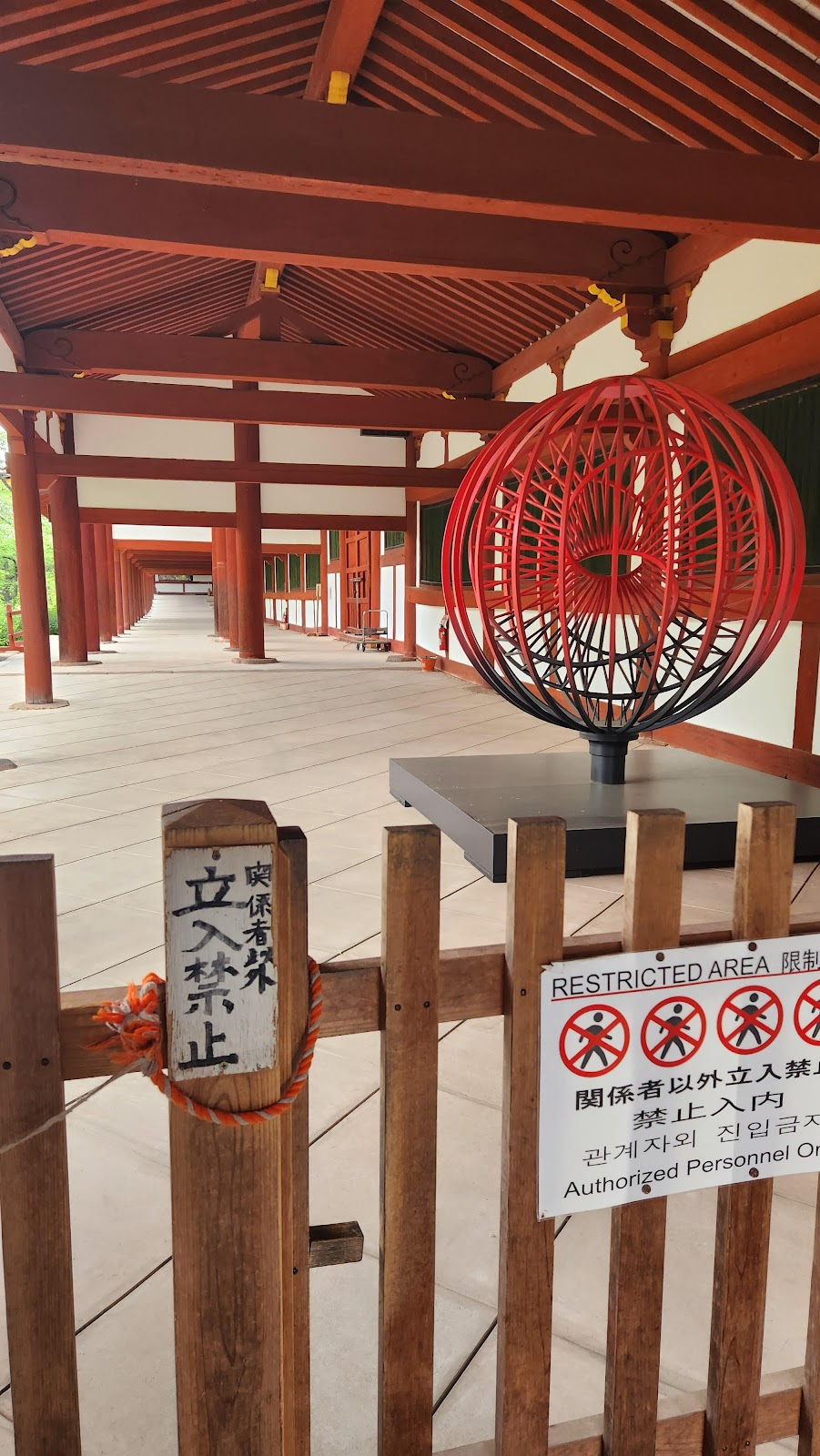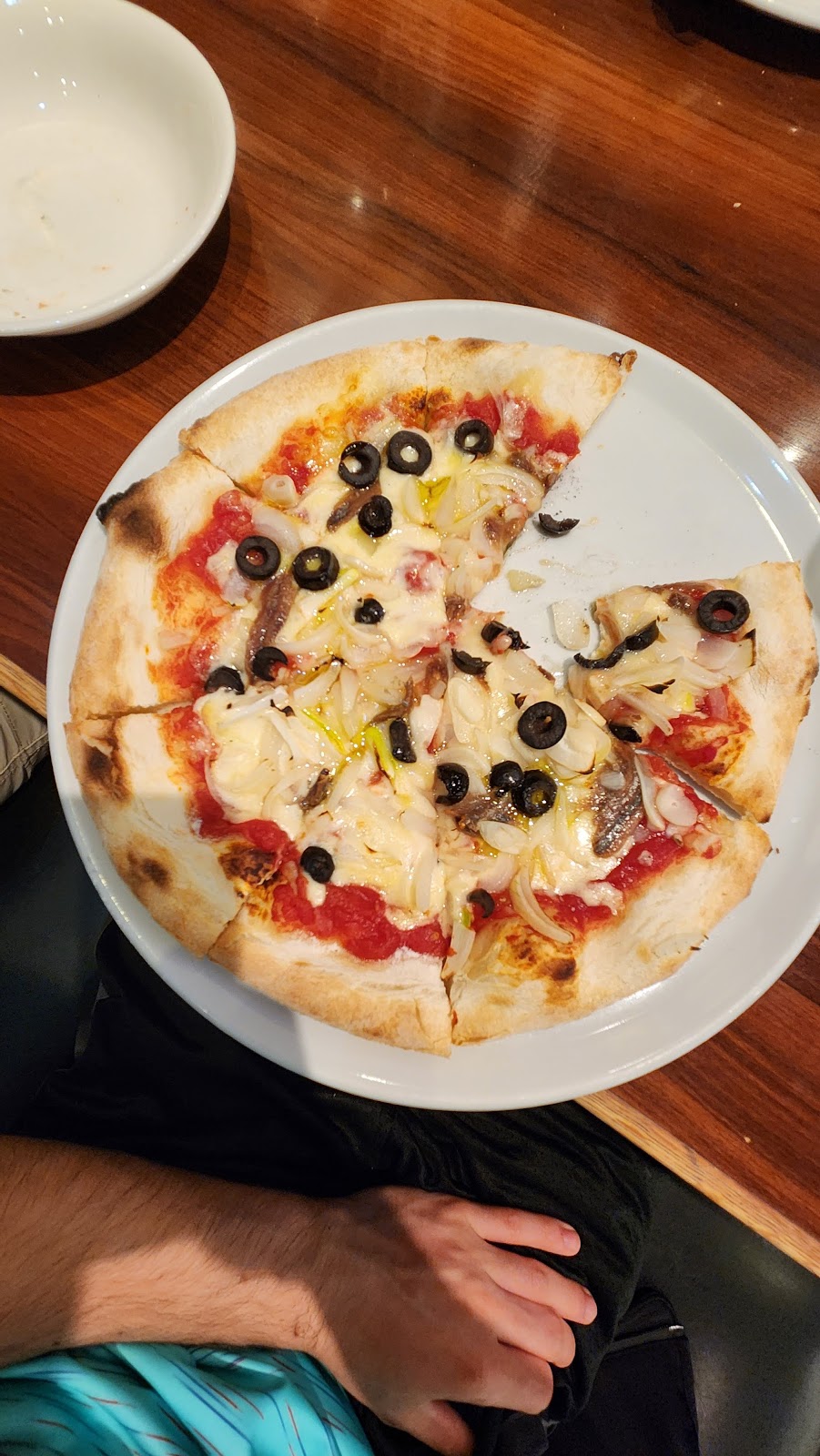Our study abroad is at its second half, and for our second field trip, we embarked on a journey to Nara, a city famed for its old temples in mountainsides and deers. But the adventure began a little earlier, with our COM 221 class kicking off at 9:00 am at Osaka Metropolitan University's Sugimoto campus.
Earliers, however, at 6:30 am, I squeezed a gym session before getting prepped for the day. By 8:00 am, I was ready to got to OMU with Ihan. We met up with the rest of the group at the station, and got on the Midsuji subway towards Tennoj.
After three stops, we emerged from the subway labyrinth at Tennoji Station. The infamous rush hour crowds were nowhere to be seen! We snagged seats on the notoriously crowded Hanwa JR Line, feeling like champions for conquering rush hour unscathed.
Due to the field trip, we grabbed lunch at 11 am. The cafeteria was practically deserted at that hour! I opted for fried fish, salad, and rice – a decent meal, but after three weeks in Japan, my body was desiring some Western food.
The 40-minute train ride was a scenic trip. We zipped past the charming outskirts of Osaka, then the landscape transformed into the beautiful rolling mountains and emerald rice fields – quintessential Japanese countryside!After hopping off the train at Nara Station, we embarked on a 3-kilometer hike through the heart of Nara's tourist district. The streets were filled with charming shops and a mix of restaurants serving everything from traditional Japanese to international cuisine. We passed a pagoda undergoing restoration and a park with deer, their gentle eyes scanning for treats (friendly reminder: Nara's deer are adorable but it's best not to feed them!).
The walk was a bit of a leg-burner, with a gradual incline leading us towards our ultimate destination – Todai-Ji, the famed wooden temple, the largest in all of Japan! The grand entrance boasted the traditional gate characteristic of Buddhist temples, and inside, two magnificent Buddhas awaited us. The atmosphere buzzed with energy, a vibrant mix of tourists and the local sika deer, some even wandering amongst the crowd.
We got inside the Todai-Ji where we sepent 30 minutes inside and was amazed by the center Golden budist and two copper budas on either side. The place had giant wooeden pillars and a very tall sealing. Inside there was some very steep stairs, an orchestra and multiple statues.
Outside the Toda-Ji there was two gates with more suvenier shops and a well preserved garden.
Leaving the amazing Todai-Ji, we walked onwards to the February and March Halls. More stairs awaited us, but the reward was worth the climb. These halls, dedicated to the annual lotus festivals, showcased traditional wooden architecture, housing multiple Buddha statues and decorated with classic Japanese fire lamps. The view from outside the halls was simply stunning – a panoramic of Nara sprawling beneath the majestic Todai-Ji.
After soaking in the view and catching our breath, it was time to refuel. My rumbling stomach and tired legs urged me to head back to the hotel. The 25-minute walk back to the station was thankfully downhill. A quick pit stop at a 7-Eleven for some snacks fortified me for the 50-minute train ride back to Namba. Luckily, I snagged a spot on the express train, which made only eight stops – although the trade-off was a crowded ride the entire way.
The Kintesu-Nara Line offered less scenic views compared to the morning journey. This route tunneled through mountains, keeping us underground for most of the trip until the outskirts of Osaka and Nara.Back in Namba, craving a taste of home, I indulged in some delicious Italian food at Capricciosa in Namba City Mall. An 8-slice anchovy pizza, refreshing mango juice, a side salad, and garlic bread – all for a satisfying 2,300 yen! With a full stomach and a happy heart, I returned to the hotel for some much-needed rest by 8:00 pm.








Comments
Post a Comment